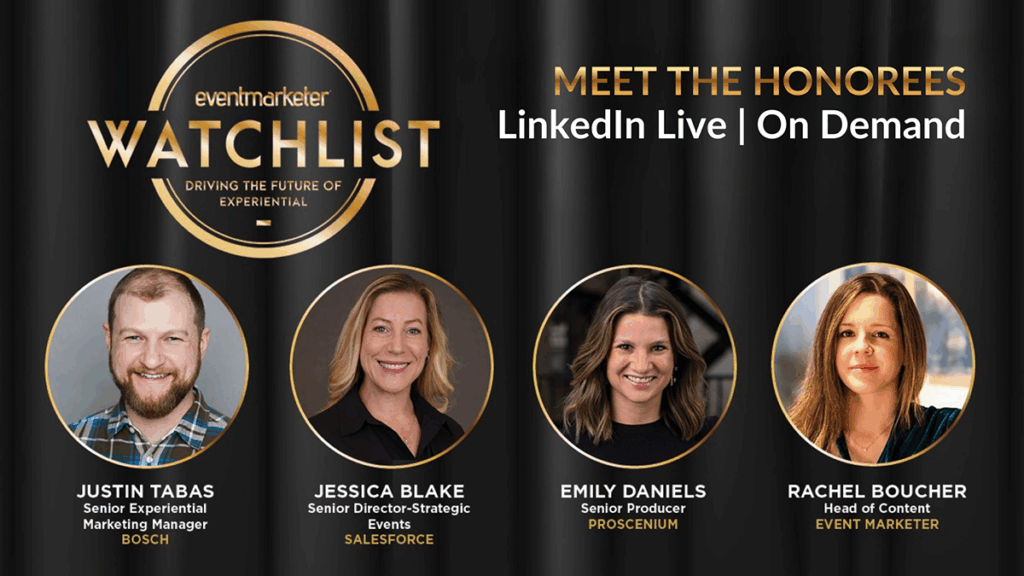Millennials—consumers born roughly between 1982 and 2000, depending on which definition is used—are signing up for fewer loyalty schemes, and are more likely to be dissatisfied with them, according to research from ACI Worldwide.
Granted, these consumers have fewer opportunities to join such programs. The youngest of them aren’t of age. And even the more mature have likely not reached their full earning potential, meaning they’re not shopping in as wide a selection of retailers, and therefore not exposed to as many programs.
Even so, half of them belong to either only one or no loyalty programs. This may be a function of the types of stores they frequent, says Rob Seward, senior industry marketing manager at ACI Worldwide. “Less affluent consumers are more often discount shoppers, and I haven’t seen too many [of those types of retailers] offer loyalty programs.”
Another problem may be that program structures aren’t clear to Millennials. If this is the case, young ‘uns aren’t alone in their confusion: Nearly one in four respondents to ACI’s survey overall strongly agreed with the statement “I do not completely understand the rewards structure—for example, what benefits I get and when I get them.”
Millennials indexed slightly, but not significantly, higher on this attribute. But Seward suggests overcoming this may be a matter of media choice.
Looking for Their Own Bargains
“They want to hunt out their own deals,” says Seward. “Millennials are using social media as their research method, and retailers should look at that as a distribution method.”
This scenario also plays into the Millennials’ instinct to draw information from family and peer groups, as opposed to formal organizations. Of course, it doesn’t seem like consumers are getting a lot of advice from their loyalty programs anyway. Overall, 40% indicated the only time they heard from a retail loyalty program host was at signup.
But Millennials do have gripes when it comes to the nature of communications they do receive. Slightly more of them than the population as a whole have received rewards or promotions through their programs for items they would never buy. Significantly more feel they’ve received rewards which were too small to take seriously. And even fewer received rewards that made them feel valued as customers.
Seward feels this may be a case of Millennial neglect as marketers focus on a slightly older group of consumers. “The research that I have read indicates that the Boomers spend the most of any age group, so I surmise that retailers are targeting Gen X to begin building these consumers into loyal shoppers as they approach the Boomers’ age,” he says.
There’s an obvious way to make retail loyalty programs appeal to Millennials, who constitute the most electronically connected generation in history: encourage their use online. Millennials are least likely to engage loyalty programs online or via mobile devices than any other cohort. Forty-five percent say they rarely or never do, compared with 39% of Gen Xers, and 58% of Boomers.
Take It to the Web
The learnings here may be relevant across all generations. “Retailers have not exposed their online shopping customers to their rewards programs,” says Seward. “If you think about online shopping abandonment rates being a big challenge, wouldn’t this be a perfect opportunity to retain a customer?”
Seward sees the half of the total respondent base that rarely or never uses a loyalty program when shopping electronically as representing a failing among the marketers. “That 50% break is between those doing this well versus those not doing it well.”
Nearly as many consumers—47%—don’t go first to the Web sites of retailers in whose loyalty programs they participate. Again, Seward sees this as a failing – or, to put a positive spin on it, a finding with a great upside.
“Conversion of online shoppers to buyers has historically been a challenge,” he says. “Products sold online have higher margin opportunities. I look at these two findings as going hand in hand. Retailers are missing out on an opportunity to communicate [using their loyalty programs in online channels].”
It’s not as if consumers wouldn’t respond well to better integration. Asked whether they would be more likely to shop at retailers’ Web sites if they had easy access to their loyalty programs, 79% of consumers said they would—and 88% of Millennials indicate this would be the case.
There’s a final distinction in the way Millennials view retail loyalty programs, compared with older age brackets: While the more mature consumers place a higher value on obtaining discounts, Millennials are more likely to respond well to a “premium looking” card, or access to VIP checkout lines.
“By being more technically savvy, there is a perception [among Millennials] that things should be faster than they are,” says Seward. “This is something marketers could look at as an opportunity.”



